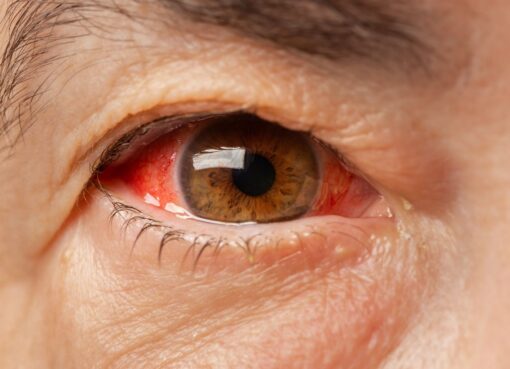When do you need plastic surgery? People usually go for plastic surgery to enhance and improve their appearance. But did you know you can also use plastic surgery as a treatment to restore your body’s anatomy after an accident or congenital effects? Plastic surgery can benefit everyone, including children. Besides improving appearance, it also boosts your confidence and self-esteem. The Portland, OR pediatric plastic and craniofacial surgery specialist offers expert care to transform and restore their structures and function. Keep reading to find out more about pediatric plastic surgery.
What is pediatric plastic surgery?
Children’s bodies are different from adults, as they are still developing. As their health needs are unique, so will they need a pediatric plastic surgeon to restore their bodies and appearance. Your child may need plastic surgery when born with a congenital difference, has an injury, or experiencing a post-surgery complication.
Leo Urbinelli, MD, PNW Plastic Surgery, has experience in pediatric plastic surgery and offers comprehensive and unique care to match your child’s needs. He has an eye for detail and uses state-of-the-art surgical techniques to produce excellent results. Dr. Urbinelli is among the top pediatric surgeons in the Oregon region and provides exceptional outcomes.
What conditions can pediatric plastic surgery address?
Dr. Urbinelli uses his pediatric plastic and craniofacial surgery expertise to treat various conditions, including the following.
Cleft palate
It is a condition where a child is born with an opening or split in the roof of their mouth. Dr. Urbinelli and the PNW Plastic Surgery team offer advanced techniques to repair and reconstruct primary cleft palates. Revision palatoplasty is the procedure where your provider reconstructs and repairs your child’s palate.
Cleft lip
A cleft lip is an opening in the upper lip, also a common birth difference. Dr. Urbinelli performs cleft lip surgeries to restore your normal lip anatomy and structure.
Cleft rhinoplasty
It is a congenital nasal difference that results from a cleft palate or lip. The pediatric plastic surgeon performs cleft rhinoplasty during infancy or teenagehood after the skeletal growth is complete.
Gingivoperiosteoplasty
It is a procedure to repair a gum line. Gingivoperiosteoplasty corrects a narrow cleft gum line, reducing the need for future gumline surgeries.
Dr. Urbinelli also performs alveolar bone grafting, to enhance faster recovery.
Plagiocephaly
It is a skull difference in infants, which appears as a flattened appearance in an area of the skull. Plagiocephaly is the common cause of head shape differences.
Congenital torticollis
It is a condition where a baby is born with a tight, short neck muscle that interferes with the head and neck positions. Dr. Urbinelli may recommend Botox injection, physical therapy, or surgery to treat the condition.
Other conditions that may require pediatric plastic surgery include congenital hand issues, soft tissue masses, scarring or injuries surgeries, and facial paralysis.
Your child’s pediatric plastic surgeon conducts a thorough consultation where they discuss your child’s medical history and the parent’s past medical reports. They also perform physical exams and diagnostic imaging to understand the condition and recommend treatment options.
Contact PNW Plastic Surgery today to schedule your consultation and learn more about pediatric plastic surgery.





